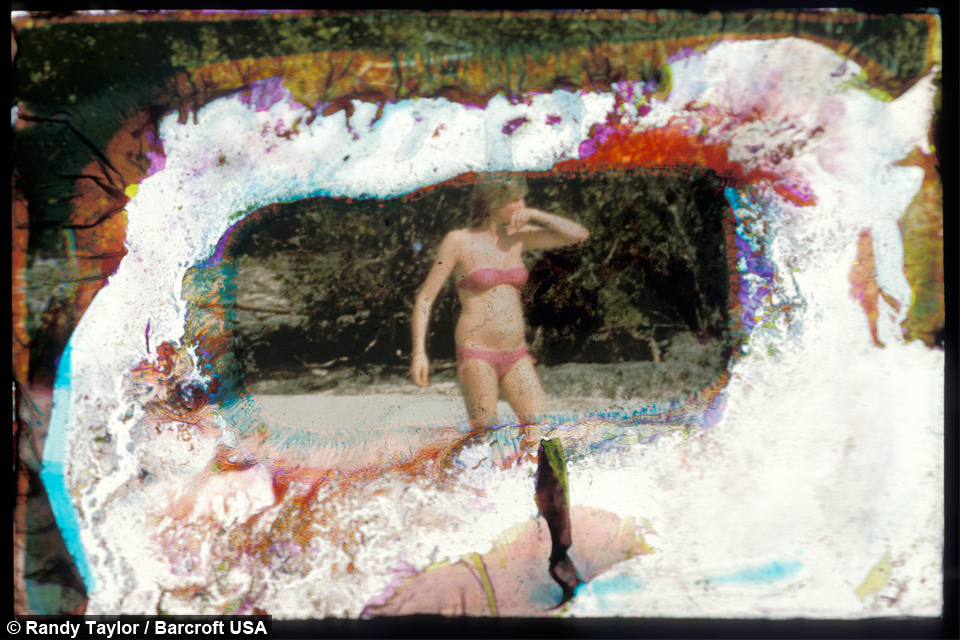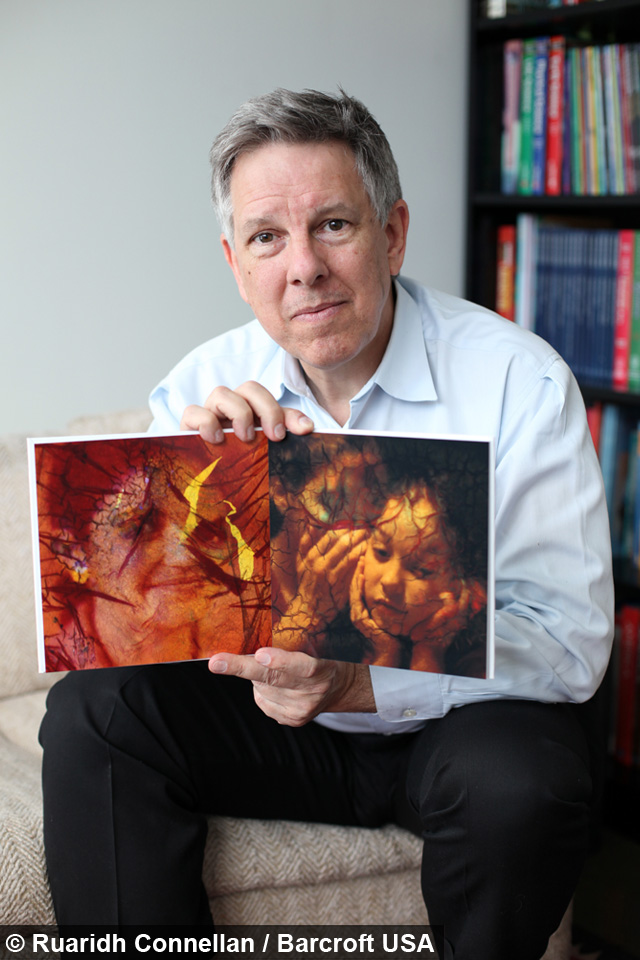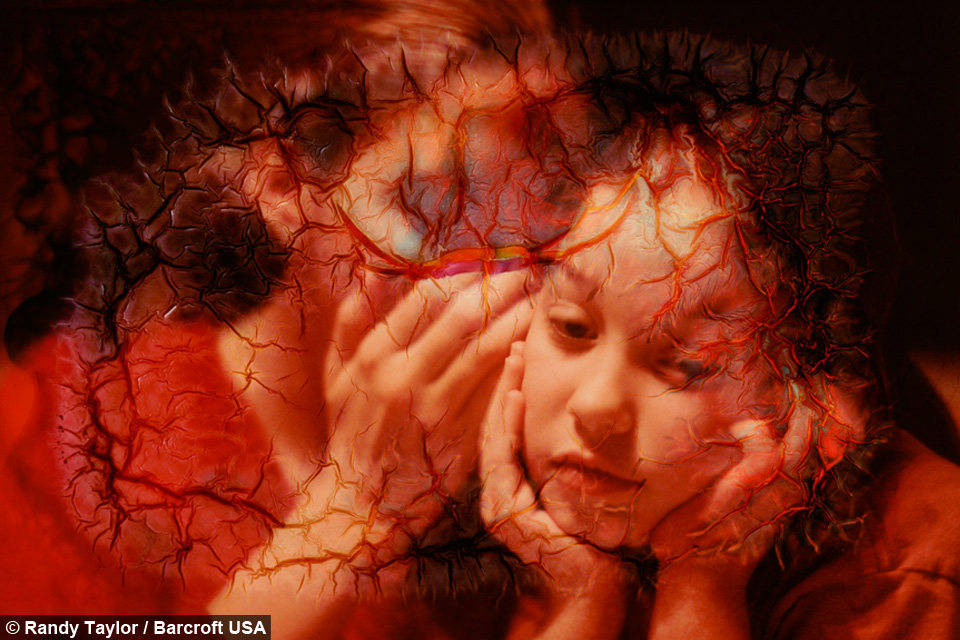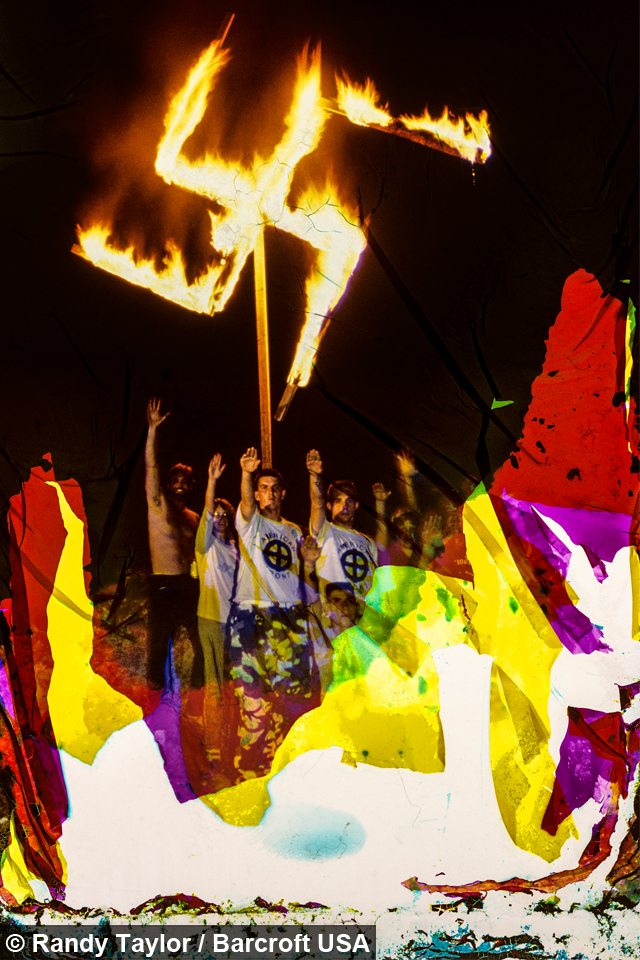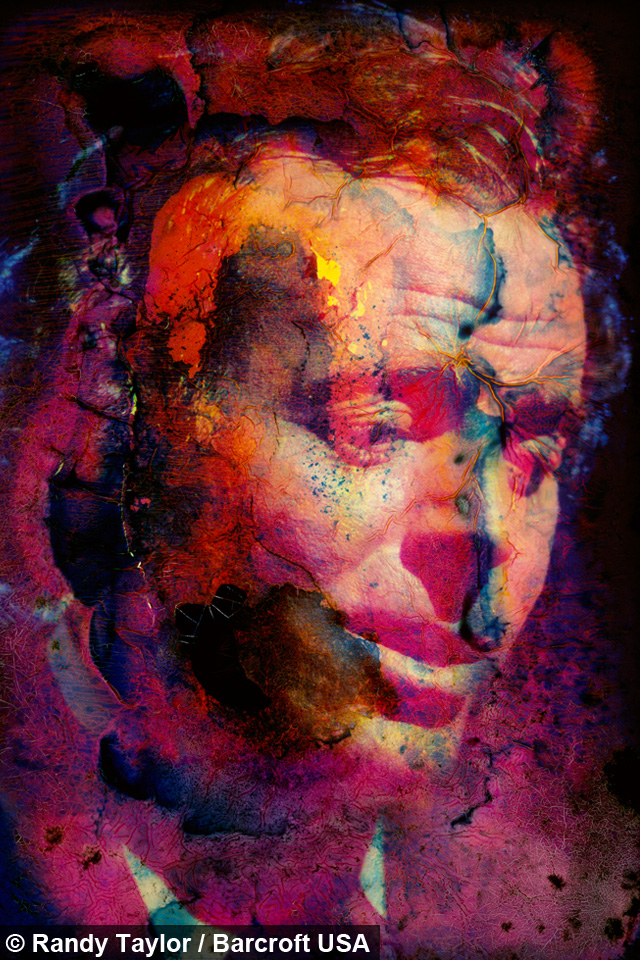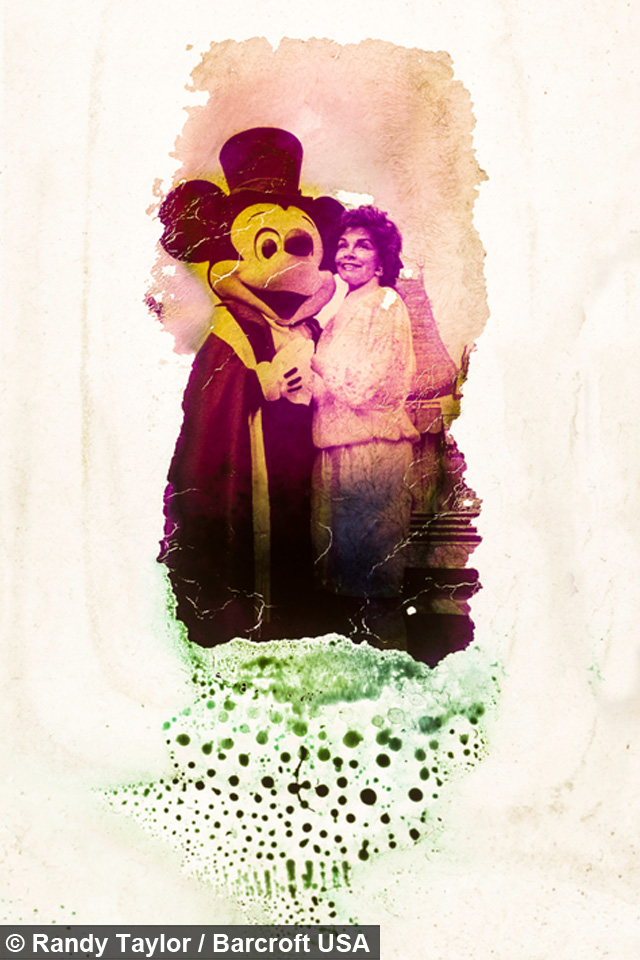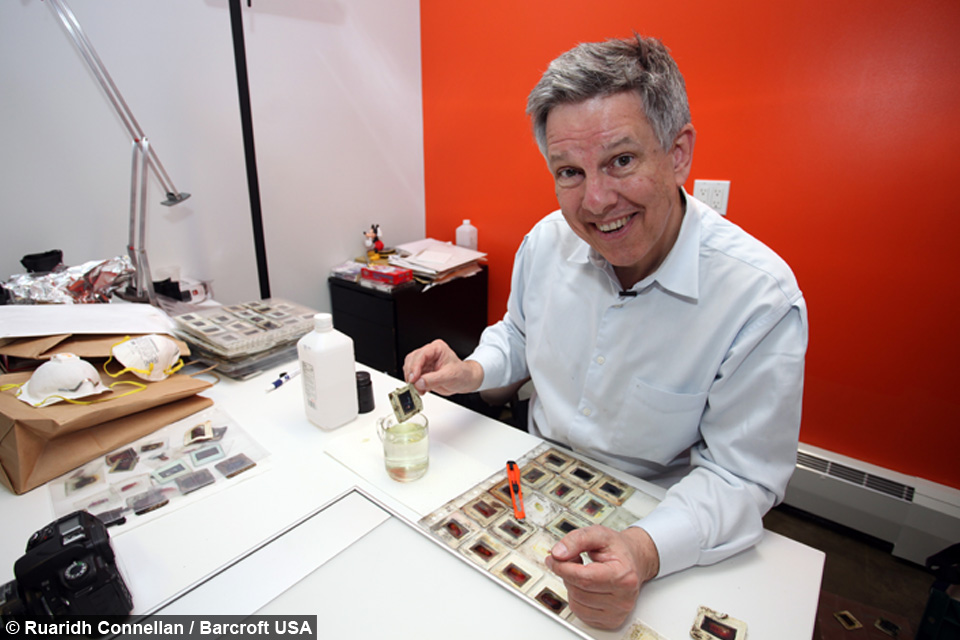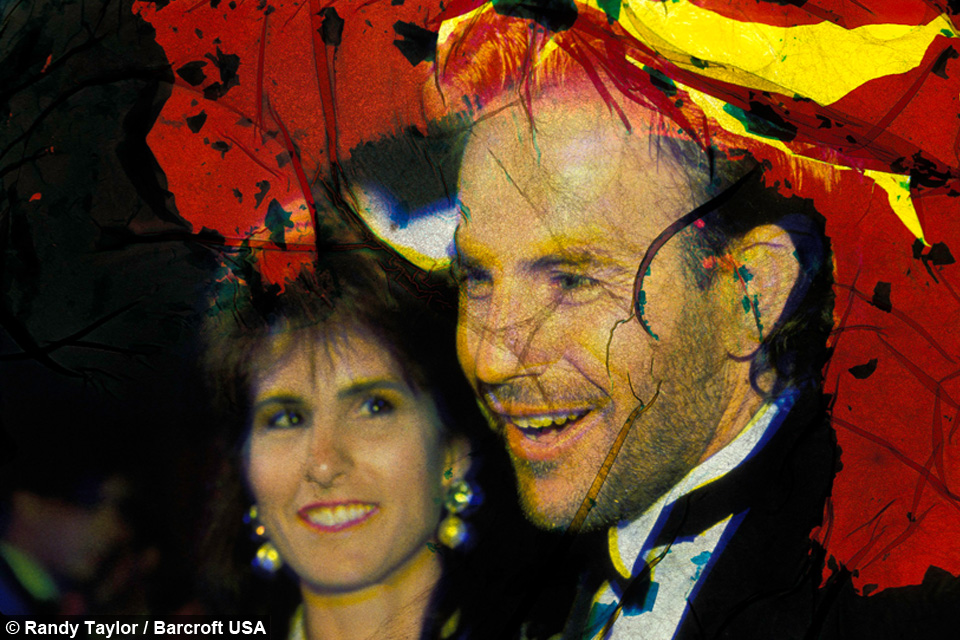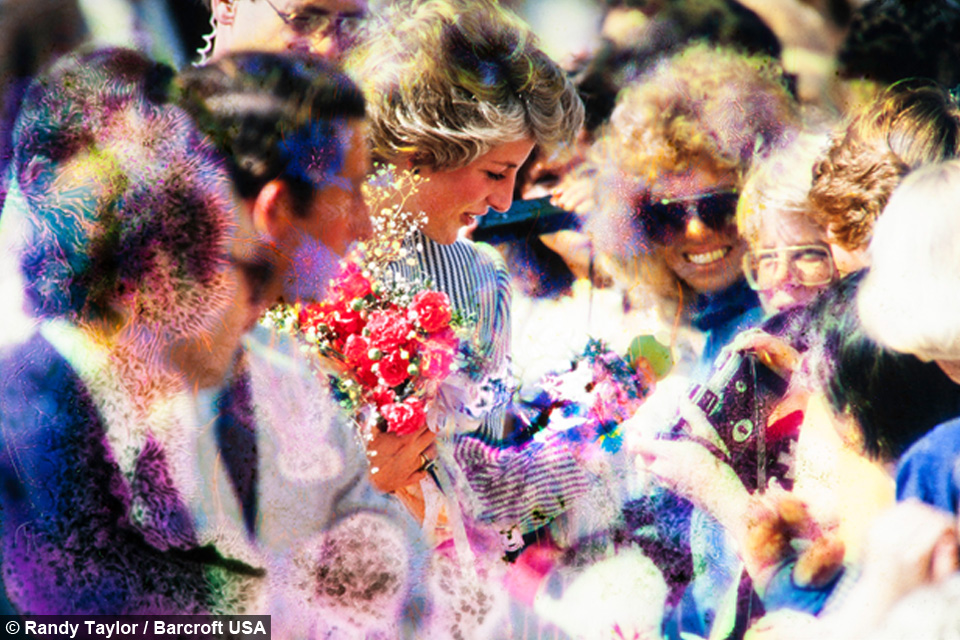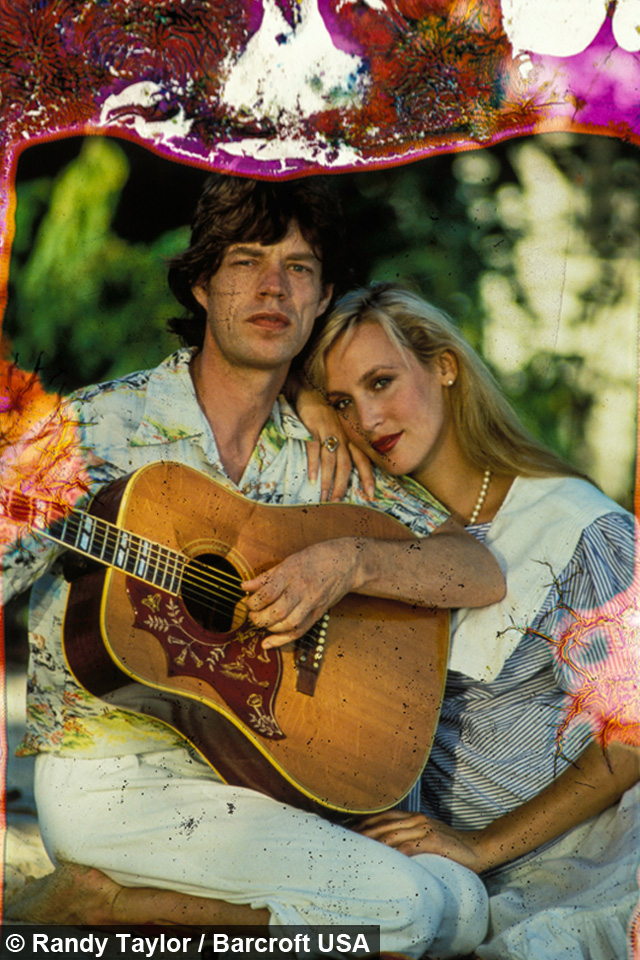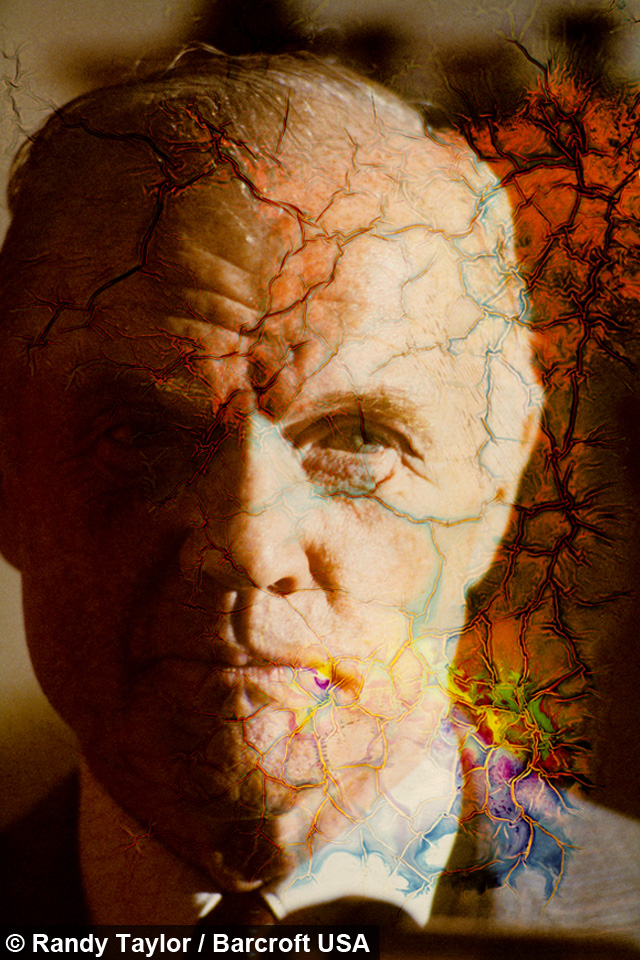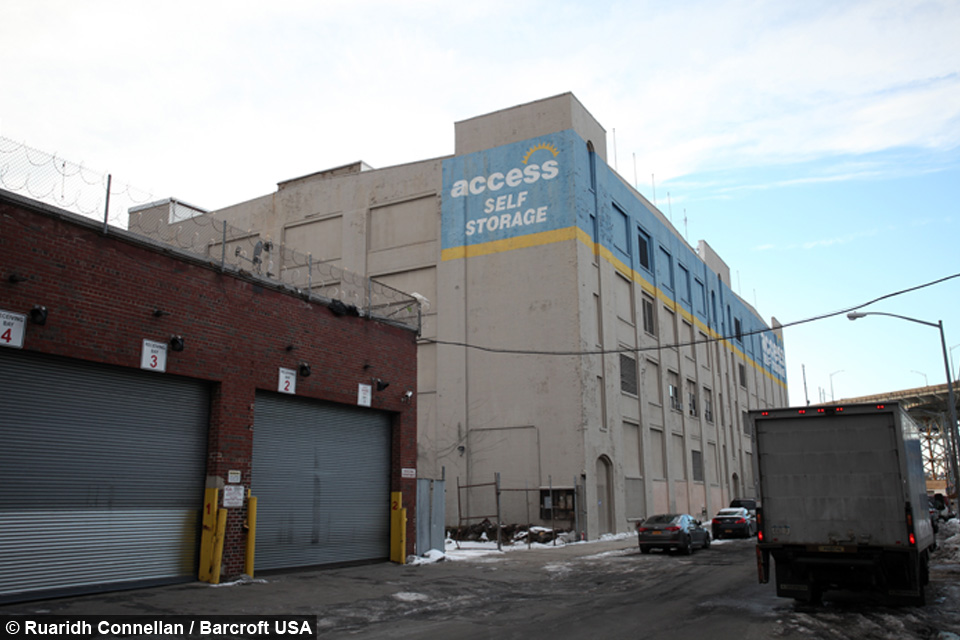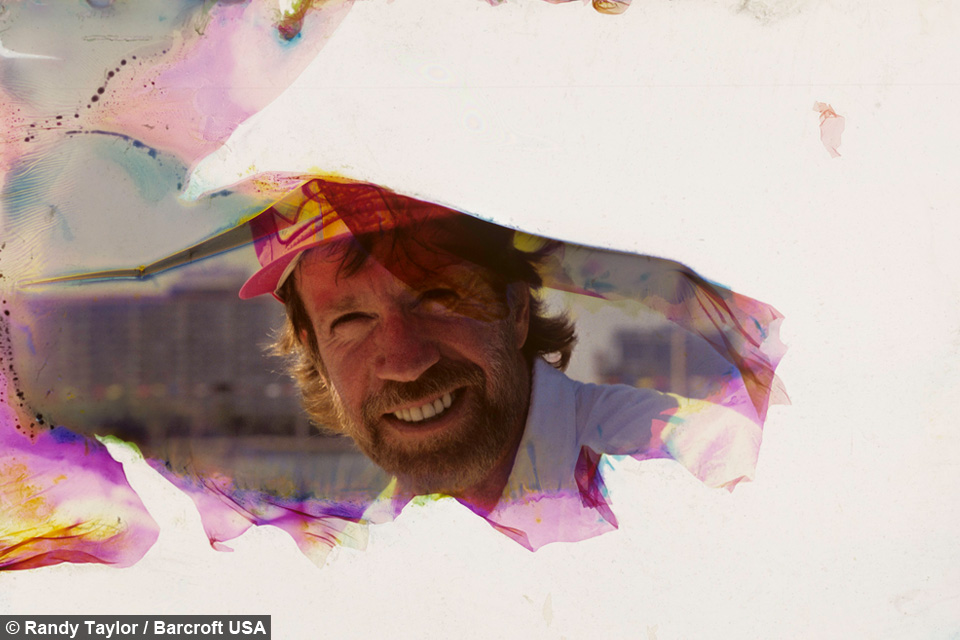Hurricane Sandy Transforms Photographer's Archive Into Psychedelic Works Of Art
By Samantha Grillo @_samanthagrillo
Scroll down for the full story
Videographer / Director: Randy Taylor, Ruaridh Connellan
Producer: Samantha Grillo, Nick Johnson
Editor: Kyle Waters
Randy Taylor, 59, lost more than 30 years worth of work covering some of the biggest stories of the 20th Century when his storage facility was flooded.
But the Pulitzer Prize nominee salvaged a fraction of it by dipping them in alcohol - resulting in them taking on a new psychedelic form.
He said: "Alcohol kills mould so I came up with this process to literally dip the pictures in alcohol and immediately kill it off.
“It also froze the image at that moment in time. It was like taking a snapshot of the picture in that damaged state.
He added: "It has all really been a roller coaster of emotions, which started off as a sense of total loss and devastation.
“But ultimately this has been a wonderful experience; a lot of great art came out of it and I’m happy with what was saved.”
Randy, from New York, USA, enjoyed an amazing career that has seen him cover some of the most dramatic events of the 20th and early 21st Century.
Some of his photographs include a photo of a soldier standing guard over Wall Street after the 9/11 terrorist attacks and a pregnant Princess Diana walking along a beach in the Bahamas.
It all began aged 22 when he snapped a photo of a shootout at the Iraqi Embassy in Paris in 1978.
He said: “It was a pretty amazing moment. I had the honour of being nominated for the Pulitzer Prize for that one.
“I then travelled around the world and I covered all kinds of major stories, celebrations, politicians, sporting events - it was an amazing era.
“I had done a number of travels with the Pope, I had covered the Olympics in Moscow, the World Cup in Argentina, and the invasion of Grenada.”
But his legacy of work was swiftly destroyed by Superstorm Sandy, which struck New York in October 2012, flooding the lockup where Taylor kept his archive.
When he eventually gained access two weeks later, he found virtually all of his 30,000 images either destroyed by water or mould.
He said: “There was 300 square feet of storage and everything had been floating for a while and then had sunk down to the bottom.
"Thirty years of my life was down the drain and gone and it had a big impact on me.
“There was also the loss of my family’s legacy. I was designated as the family archivist and told my family to give me their pictures so I could take care of them and restore them.”
To recover his work, Randy first attempted to wash them, but found it washed away the emulsion leaving a blank negative.
He then dipped them in rubbing alcohol to clean off the mould and halt the deterioration.
It also resulted in giving them a new psychedelic appearance.
Randy said: “It was a painstaking process of cutting the pictures out, dipping them in alcohol and setting them aside to dry.
"You didn’t really see what was going to happen until after it truly dried.
"There was then a moment of transition from it being an entire loss to realising that some of this could actually be quite artistic.”
Out of the 30,000 photos in his collection, Randy was only able to save about 300.
More than 70 examples of his art will be displayed at the Stadthaus Ulm, in Ulm, Germany, from March 26.
